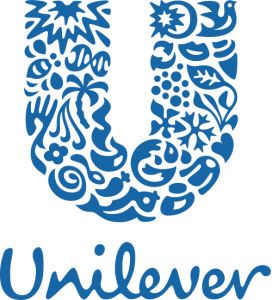Brand, and therefore brand valuation, is a specific intangible asset that many business owners aspire to and which under the right circumstances can lead to significantly enhanced values for businesses as a whole. However it is worth remembering that a brand in itself has no value unless it provides a greater draw to larger numbers of customers or enables a company to sell its products or services at a premium to their competitors. Either way the brand valuation is directly linked to the ability to generate more profit in the future.
Brand Valuation in Mergers & Acquisitions
In M&A, a brand is very often associated with the single company that owns it (unlike portfolio owners such as Unilever or VW Audi Group). It then becomes very difficult to disassociate the brand from its parent and in reality the most practical method remains a carefully controlled sale process whereby the value of the business is related to EBITDA multiples rather than anything else. It is possible to compare to previous deals and perhaps use the ‘relief from royalty’ method (explained below) but in reality it is very difficult to find relevant data and, by definition, comparables took place with a different company at a different time which severely limits their relevance. However in the context of negotiations between buyer and seller, brand valuation and company valuation methods do provide a basis for discussion and it is important to recognise the different nuances between sectors – for example the drinks sector is one where it is common for competitors at one level may collaborate very closely at another – say competing in one territory with rival soft drinks whilst sharing a water bottling plant and distribution channel in another.
Methods of Brand Valuation
Whilst still more of an art than a science, a standard was published in 2010 – ISO 10668, and this describes several of the methods more commonly used in situations such as raising debt finance, accounting post acquisition as well as M&A. Three methods are shown below:

1. Incremental cash-flow identifies the specific cash flows that can be attributed to the brand when compared to a generic unbranded product.
2. Similarly the Premium method isolates the increased price or sales volume that a branded product might achieve over an unbranded product.
3. One of the more popular methods is the ‘relief from royalty method’ which compares to licensing agreements that manufacturers pay to license owners for the use of their brand. This has the most significant relation to reality as, similar to the ‘real market’ approach for a business, the brand valuation is calculated on the basis of a real negotiated figure between 2 willing parties.
Brand Valuation in context
In our experience of buying and selling private businesses, brand valuation is helpful in providing insights into the business landscape but remains a tool that is used as part of a broader M&A process likely to rely on EBITDA Multiples.
